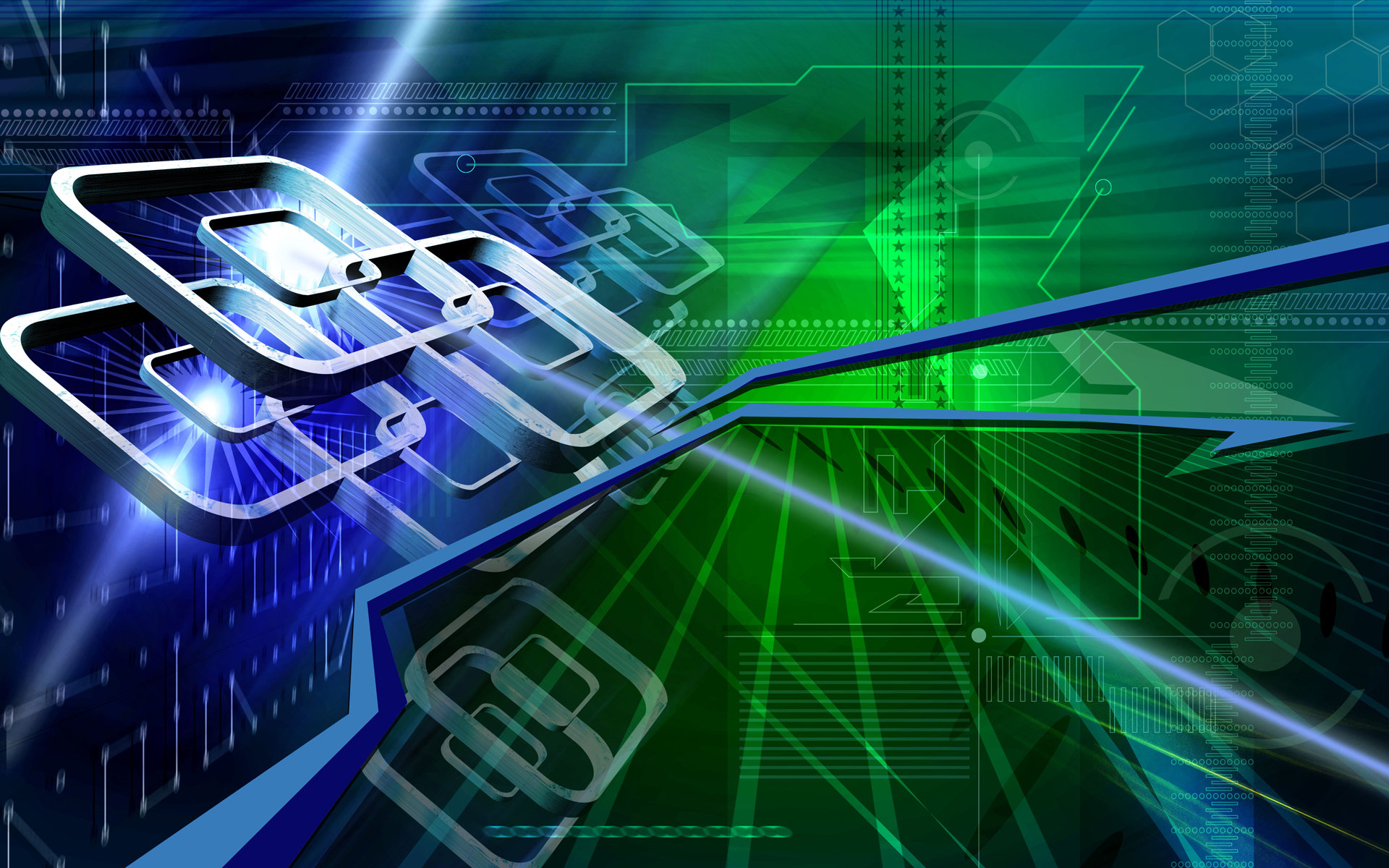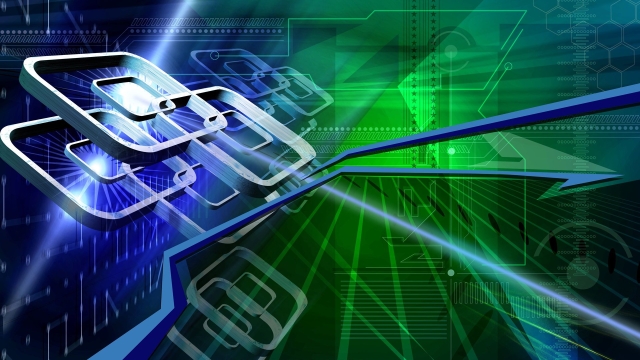
In today’s digital age, the advancements in technology continue to astonish and shape our world in unimaginable ways. One such innovation that has both captivated and concerned society is deepfake technology. With the ability to manipulate videos and images to create incredibly realistic, yet entirely fabricated content, deepfakes have emerged as a controversial phenomenon. In this article, we will unravel the illusions surrounding deepfake technology and shed light on the reality behind its intricate processes.
Deepfakes, at their core, are synthetic media that leverage cutting-edge artificial intelligence algorithms to seamlessly superimpose one person’s face onto another’s body or alter their appearance in a video. Whether it is swapping faces of actors in movies, impersonating public figures, or creating convincing fabricated footage, the potential applications for deepfake technology are vast. However, this power also comes with significant ethical concerns and the potential for malicious misuse, which we will delve into further.
By understanding the mechanisms behind deepfake technology, we can unravel the captivating illusion and recognize the implications it carries for individuals, businesses, and society as a whole. Whether it is navigating the blurred lines between reality and fabrication, or the impact on public figures and individuals’ privacy, this article aims to unveil the truth hidden beneath the mesmerizing capabilities of deepfake technology. Prepare to delve into this intriguing world as we demystify the captivating illusion that is deepfake technology.
Understanding Deepfake Technology
The rise of deepfake technology has ushered in a new era of visual manipulation. Deepfakes, a combination of "deep learning" and "fake," have become a buzzword in recent years. This technology allows for the alteration of images, videos, and even voices with astonishing realism.
Deepfake technology is powered by artificial intelligence, specifically deep learning algorithms. These algorithms are trained on vast amounts of data, giving them the ability to analyze and synthesize content in a highly sophisticated manner. By leveraging this advanced technology, deepfakes can convincingly superimpose one person’s face onto another’s, resulting in realistic video forgeries.
One of the primary challenges with deepfake technology is the potential for misuse. Deepfakes have the capacity to deceive and manipulate viewers by creating false narratives or spreading misinformation. It is essential that we remain vigilant and develop effective countermeasures to combat the negative impacts of this technology.
To further complicate matters, the development of deepfake detection methods is in a constant race against the ever-evolving creation of more convincing deepfakes. While progress has been made in detecting manipulated content, there is still much work to be done to ensure reliable detection.
In conclusion, deepfake technology represents a double-edged sword. On the one hand, it opens up exciting possibilities for entertainment, creative expression, and even facilitating social discourse. On the other hand, it poses significant risks in terms of privacy invasion, identity theft, and the potential to manipulate information. As we navigate this new technological landscape, it is crucial that we understand both the capabilities and limitations of deepfake technology to mitigate its negative ramifications.
Potential Applications and Dangers
Deepfake technology offers a wide range of potential applications in various sectors. One area where it has gained significant attention is the entertainment industry. With this technology, filmmakers can bring deceased actors back to life on screen, creating compelling performances that would otherwise be impossible. This has the potential to revolutionize the way movies are made and allow audiences to revisit beloved characters from the past.
However, while there are exciting possibilities for deepfake technology, there are also inherent dangers that come along with it. One concern is the potential for malicious use. Deepfakes could be utilized to create convincing fake videos or audio recordings of individuals, leading to the spread of misinformation or even defamation. This poses significant risks for personal and professional reputations, as well as the overall trust and credibility of digital content.
Moreover, deepfake technology has the potential to be used in illegal activities, such as fraud or blackmail. Criminals could manipulate videos to deceive individuals or exploit them for financial gain. This could have serious consequences for victims who may find themselves being manipulated or coerced due to the believability of the manipulated content.
In summary, while deepfake technology holds promise in fields like entertainment, its potential applications also bring forth significant concerns. The risk of misinformation, defamation, and criminal exploitation highlight the importance of developing safeguards and regulations to mitigate the dangers associated with this technology. It is crucial to strike a balance between innovation and security, ensuring that the potential benefits are harnessed responsibly and ethically.
Face Swap Online
Countering the Threat of Deepfakes
In order to effectively counter the threat posed by deepfakes, it is imperative that we employ a multi-faceted approach. This includes a combination of technological advancements, legislation, and increased public awareness.
Technological solutions play a crucial role in mitigating the impact of deepfakes. Researchers and engineers are working tirelessly to develop sophisticated algorithms and tools that can accurately detect and identify manipulated content. By leveraging artificial intelligence and machine learning, these systems can analyze videos and images to identify anomalies, inconsistencies, and potentially manipulated elements. As deepfake technology advances, so too must our countermeasures, and ongoing research and development in this field are paramount.
Legislation also plays a significant role in addressing the threats posed by deepfakes. Governments and regulatory bodies need to establish clear guidelines and laws regarding the creation, distribution, and use of deepfake content. Strict penalties should be in place for those who intentionally create or disseminate malicious deepfakes, as this not only protects individuals from harm but also acts as a deterrent for potential offenders. By holding individuals accountable for their actions, we send a strong message that the creation and misuse of deepfakes will not be tolerated.
Public awareness and education are also crucial in countering the threat of deepfakes. Many people are still unaware of the existence and potential dangers of deepfakes, which makes them more susceptible to manipulation and misinformation. By informing the public about the realities of deepfakes, their potential impact on various aspects of society, and providing guidance on how to identify and report manipulated content, we empower individuals to be more discerning consumers of media. Additionally, media literacy programs can help equip people with the necessary skills to critically evaluate the authenticity of digital content, ultimately reducing the spread and influence of deepfakes.
By combining technological advancements, legislation, and increased public awareness, we can improve our defenses against the threats posed by deepfake technology. It is only through a comprehensive and collaborative effort that we can strive to unveil the reality behind deepfakes and protect ourselves from their potentially harmful effects.
